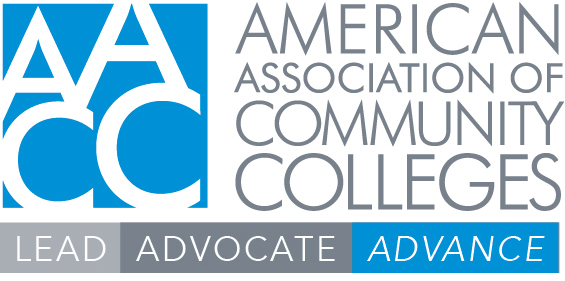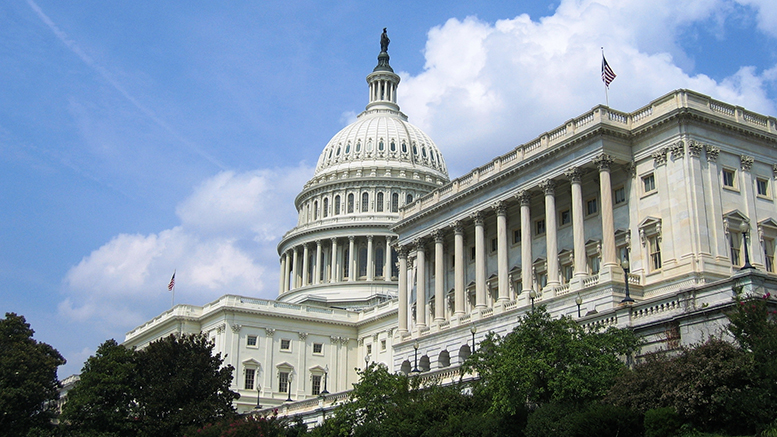In a major step towards establishing Pell Grant eligibility for students in short-term workforce education programs, House members on Tuesday introduced the Bipartisan Workforce Pell Act (BWPA).

The bill is a product of months-long negotiations between Republican and Democratic staffers and members on the House Committee on Education and the Workforce. The bill’s sponsor, Rep. Elise Stefanik (R-New York), is joined by original cosponsors Reps. Virginia Foxx (R-North Carolina) and Bobby Scott (D-Virginia), the committee’s top Republican and Democrat, respectively. Rep. Mark DeSaulnier (D-California) is also an original cosponsor.
The bill combines, and in many cases modifies, elements of three workforce Pell bills that had been previously introduced in the House. These include the bipartisan JOBS Act, the Republican-backed PELL Act and the Democrat-supported Jobs to Compete Act. The American Association of Community Colleges has long endorsed the JOBS Act but also welcomed the newer bills and is excited about this step to forge a new, bipartisan way forward.
Quality assurance requirements
Like the previous bills, BWPA would make students eligible to receive workforce Pell grants in certain programs between 150 and 599 clock hours in length that are offered over at least eight weeks. The amount and other aspects of the grants would be determined in the same manner as federal Pell grants.
Students attending for-profit institutions would be eligible to receive these grants, a political bone of contention that may complicate the bill’s prospects in the Senate. Correspondence programs would not be eligible, but there is no limitation on distance education programs.
To be eligible for Pell grants, workforce programs would have to meet a series of new quality assurance requirements, separate from and more exacting than those applied to other Title IV programs. The legislation lays out a three-step process for programs to be approved:
First, the state workforce development board must determine that the program offers an education aligned with high-skill, high-wage or in-demand occupations, employers’ needs and requirements for state certification and licensure, where applicable.
After that happens, the institution’s accrediting agency must determine that the program either leads to a recognized postsecondary credential that is stackable to further education and portable to multiple employers, or leads to the only recognized credential for a given occupation. In any case, the program must prepare students to pursue a subsequent longer-term certificate or degree program, and they must receive academic credit in that program for what they learned in the workforce Pell program. In addition to compliance with other reporting and disclosure requirements, the accreditor must also determine that the workforce Pell program has been in existence for at least one year.
ED’s role
Next, the U.S. Education Department must determine that the program:
- Has a verified completion rate of 70%, which includes students who complete the program within 150% of its normal time to completion.
- Has a verified job placement rate of 70%, measured 180 days after completion.
- Must not charge students more in tuition than the program’s “value added earnings.” This is defined as the median earnings of program completers, measured one year after completion, minus 150% of the Federal Poverty Line applicable to a single individual, adjusted to account for regional disparities.
- Must lead to median earnings of program completers, three years after completion, that are greater than the median earnings of high school graduates in the state that are in the labor force and aged 25-34. An institution may submit alternate earnings and placement data to either appeal ED’s findings or establish initial program eligibility.
ED may revoke program eligibility if any of the requirements in the three-step process are no longer met. ED may aggregate data from multiple years and groups of programs to generate the necessary data if individual programs are too small.
Other student aid
The legislation would require ED to gather certain data about eligible workforce Pell programs and publish them on the school’s College Scorecard. These data include program length, earnings of completers and non-completers, completion and job placement rates, and more.
The legislation also would establish the process by which accreditors may expand the scope of their ED recognition to include the evaluation of workforce Pell programs.
The bill includes provisions that seem to prevent private institutions that are subject to the endowment tax from participating in the Federal Direct Loan programs. In addition, these institutions would also be required, as a condition of participation in the Supplemental Educational Opportunity Grants (SEOG) program, to make emergency grants available to Pell Grant recipients that are at least as large as the maximum amount of the SEOG awards for which those students qualify.
Those institutions must also ensure that they enroll at least the same percentage of Pell-eligible students in future years as they did in the year that the Bipartisan Workforce Pell Act was enacted to remain eligible to participate in the SEOG program. According to the BWPA fact sheet, these provisions result in savings that offset the cost of the bill.
The funding
BWPA authorizes $40 million in the first year and $30 million in four succeeding years for ED’s costs in administering the workforce Pell program. The authorization does not apply to or limit the number and amount of the grants themselves.
The legislation has not been scheduled for committee or floor consideration, but its sponsors clearly intend to move it sooner rather than later. No companion bill has been introduced in the Senate.





